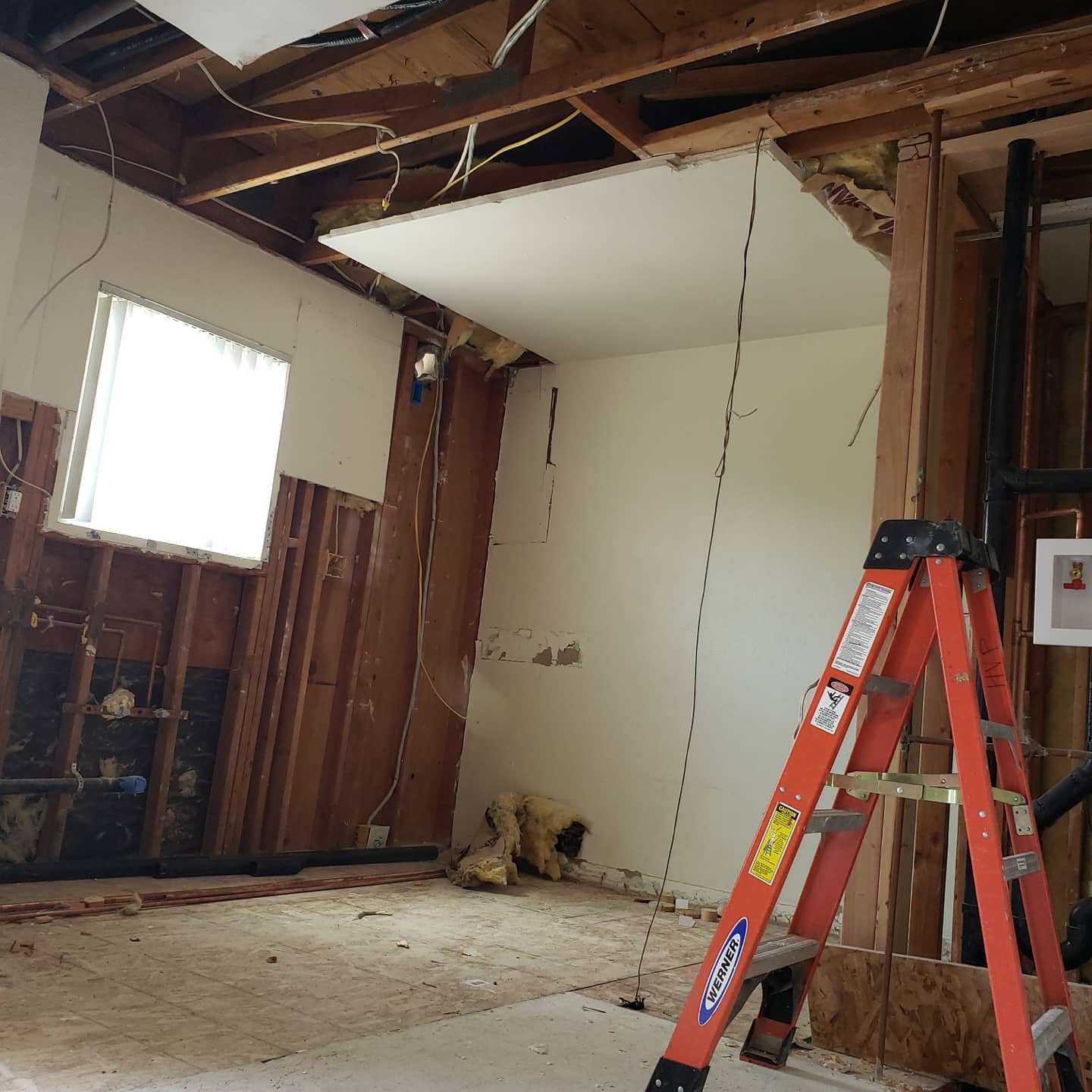Hanging Drywall: 8 Essential Tips for Beginners
Are you looking to learn how to hang drywall? It’s a skill that takes time and practice, but with the right preparation and advice, anyone can do it. Whether you’re hanging drywall for the first time or are just looking to brush up on your skills, these eight essential tips will help get you started. In this article we’ll cover what materials you’ll need, the best tools for the job, proper installation techniques and more. So if you’re ready to tackle your next project like a pro, let’s get started!

- Choose the Right Materials: When hanging drywall, it’s important to select the right type for your project. Drywall comes in a variety of sizes and thicknesses; pick one that fits your needs based on its intended use and installation location. You’ll also need some joint compound – also known as mud – which is used to fill in the seams between pieces of drywall once they’re hung.
- Get the Right Tools: In order to install drywall properly, you’ll need a few essential tools. A drill with bits and screws will be necessary for drilling holes into the wall studs and securing the drywall sheets in place. You’ll also need a utility knife, taping knife, and drywall saw to make precise cuts and openings in the panels.
- Measure Twice, Cut Once: Before you start cutting or drilling any holes, it’s important to measure carefully. Take your time and double-check all measurements and angles before making a cut – otherwise, you’ll end up with a wall that isn’t level or flush.
- Create an Even Surface: When installing drywall, it’s important to ensure that the surface is even before securing the first sheet of drywall in place. If there are any inconsistencies between studs (i.e., one being higher than another) use wood shims or spacers to bring them into alignment before screwing the panel into place.
- Hang the Drywall: Once your wall is ready, use screws to attach each panel of drywall to the studs. When doing so, make sure that the screws are driven into the center of the stud for optimal performance and stability.
- Cover Seams with Tape and Compound: After you’ve hung all of your drywall sheets, it’s time to cover up any seams between them. Start by applying drywall tape along all of the seams; then cover it up with a layer of joint compound (or mud). You can also apply a second layer after allowing the first one to dry, if needed or desired.
- Allow Time to Dry: Make sure that you give each layer of joint compound enough time to dry before moving on to the next. If you’re in a hurry and try to rush through this step, it can lead to cracking or other imperfections that will look unsightly when the project is finished.
- Sand Down Imperfections: After all of the layers have dried, use a sanding block or pole sander to lightly sand down any bumps or ridges caused by the joint compound drying too quickly or unevenly. This finishing touch will help create a smooth surface that looks professional and polished once your project is complete.

Following these eight tips should help make hanging drywall easier for beginners – but keep in mind that practice makes perfect! With some patience and persistence, you’ll soon be a pro at installing drywall like a professional. Good luck!
J&R Drywall
https://goo.gl/maps/v6oxbWvEKmoYMHw16
9258 Marilla Dr, Lakeside, CA 92040, United States
+1 619 721 1533
https://www.jandrdrywall.com/

